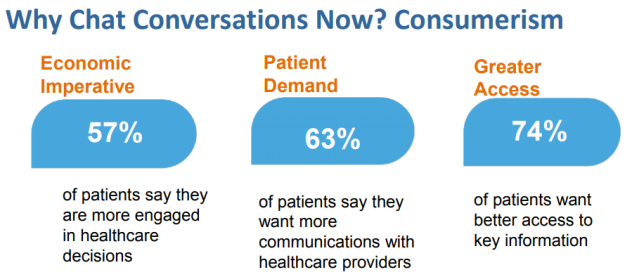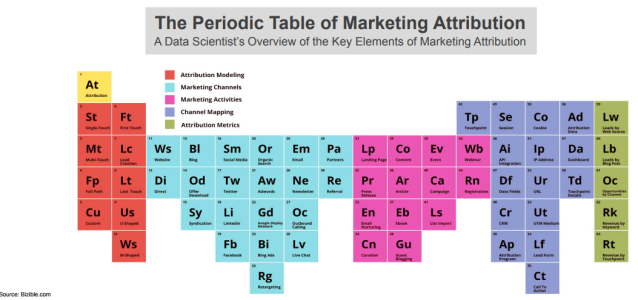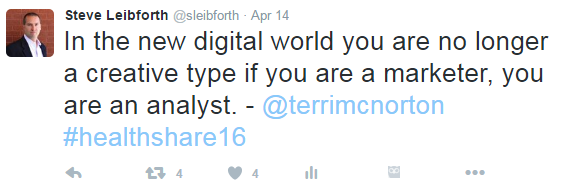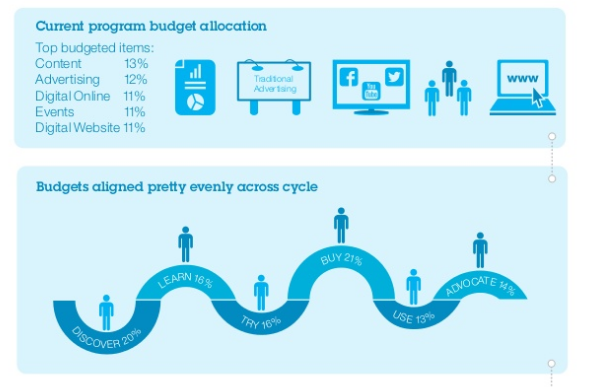This past week I was able to attend the 2018 SHSMD Connections conference as well as the Executive Dialogue session on Saturday in chilly and rainy Seattle along with the Healthgrades team. There were several key themes that I took away from the conference from my conversations with conference attendees from hospitals/health systems and the different sessions that I attended throughout the week.
While population health still came up in a number of sessions it seemed to be less of a focus than in the past few years. According to Kan Gacka from S&P Gloabal typically less than 5% of patients at a health system are considered at risk so the expected jump to population health may be slowing. There was also a significant amount of discussion around all of the mergers, partnerships and acquisitions and just how big some of the biggest systems have gotten over the last 18-24 months and the competitive impact.
Disruption
There was a large focus on disruption in many of the key note and breakout sessions. We may finally be hitting a breaking point with consumer and patient frustrations with the current status quo in healthcare. Indu Subaya’s Co-founder of Health 2.0 noted in her session that Health IT investment have doubled in the last year alone with some of the largest investments in telemedicine and virtual health.
Access
There were several discussions around the maturity of Access to Care plans and departments being formed to support strategic plans around access. While there have been strides to improve access for patients there are still huge gaps compared to expectations of patients.

Katie Miller, VP of Access to Care at Ochsner Health System indicated that they focus on three key areas when it comes to access.
- Those patients seeking service
- Coordinating Care
- Post Care & Follow Up
According to Katie consumers would rather wait 30 extra minutes in a provider’s office than wait two weeks for the next appointment. Katie also shared that employees of Ochsner book approximately 30% of their appointments online which creates great evangelists of the health system and access strategy as employees share their positive experiences with others.
Culture
An unexpected theme for me that popped up in several discussions and sessions at SHSMD was the impact that your health system’s culture can have on the patient experience. Several executives in the Executive Dialogue session on Saturday mentioned how most strategic plans are extremely similar these days and that how your employees interact with patients can be a key differentiator for your health system. At one large health system in the New York area the CEO meets with every single employee at their first day orientation to stress how important culture and going above and beyond for the patient can be to the bottom line. When the culture at a health system is strong execution can be turned into a strategic advantage in a competitive market.
Consumer Experience/Consumerism
As patients we’ve all experienced frustration when trying to make appointments, come in for visits and get the appropriate follow up information. An executive at Saturday’s session quoted Dr. Klasko the CEO from Jefferson Health as saying “We are asking Primary Care Provider’s to be the quarterback of the patient experience but we are paying them like kickers” as PCP’s are typically the lowest paid groups of doctors at an organization but typically have the largest impact on the patient experience.
The other trend that was mentioned several times at SHSMD that may have a positive impact on the patient experience is that ownership of the patient experience is being taken away from the IT team and moved over to marketing at many organizations. This is an interesting trend that can have a positive impact to tie digital efforts by the marketing teams to the operations side of health systems to have a strong experience from start to finish.
As one of the presenters stated at the Executive Dialogue session as they talked about how Domino’s pizza has transformed their business “In today’s world digital strength is a strong predictor of revenue growth” it will be interesting to see which health systems can really make the leap and start to disrupt and impact healthcare in a positive way.
This was my first SHSMD in a few years and I really enjoyed Seattle as a new city on the conference tour. The Tuesday evening event at the Pop Culture museum was a great time and allowed for a ton of great conversations with colleagues and old friends.
Finally I felt the sessions were really strong this year and provided alot of great information and ideas to take back to our day jobs as we all wear our new Johnny Cupcakes t-shirts! See everyone next year at SHSMD 2019 in Nashville!

 This year at the Healthcare Marketing & Physician Strategies Summit (HMPSS) in Salt Lake City the focus of health systems seems to have shifted to more advanced marketing strategies and tactics. Nearly every health system seems to be targeting their patients and consumers now so the focus has shifted to how do it better than their competitors.
This year at the Healthcare Marketing & Physician Strategies Summit (HMPSS) in Salt Lake City the focus of health systems seems to have shifted to more advanced marketing strategies and tactics. Nearly every health system seems to be targeting their patients and consumers now so the focus has shifted to how do it better than their competitors.




 able conference.
able conference.
